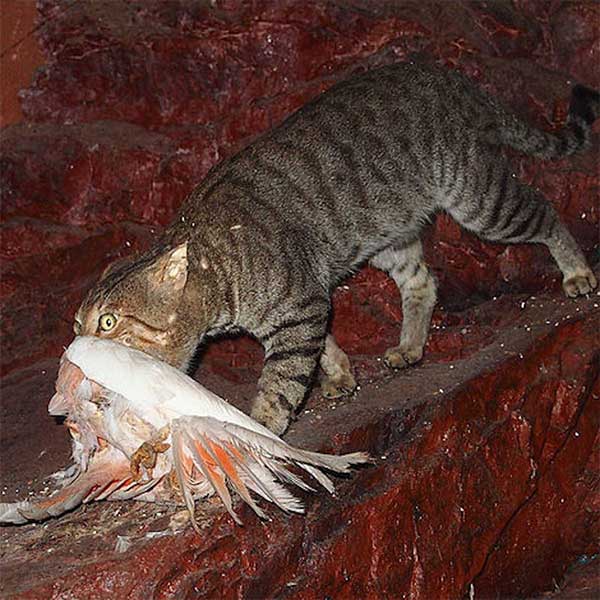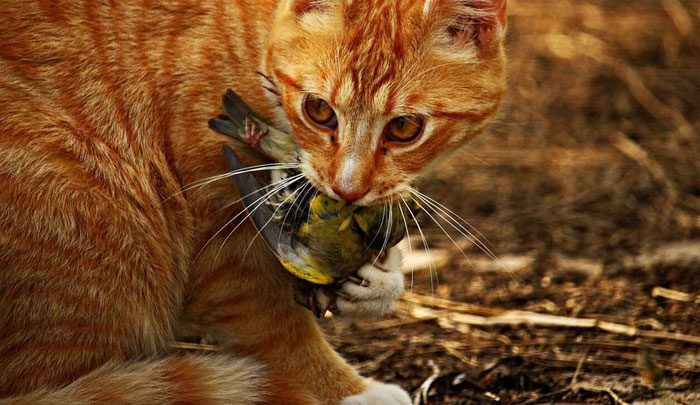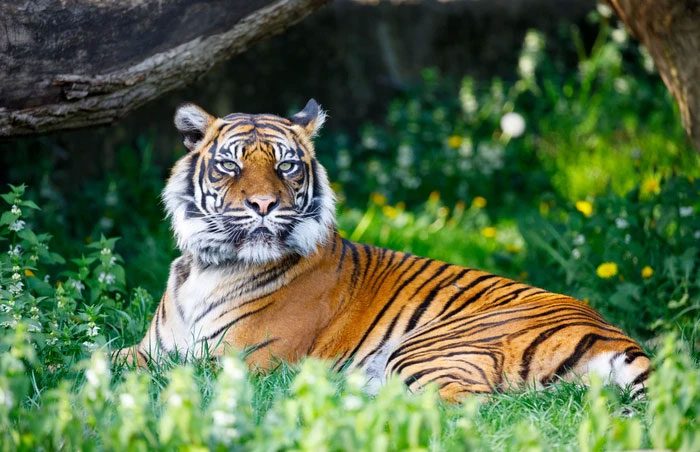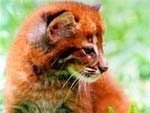Cats are a widely distributed species, with many breeds and a large population; in China alone, there are over 40 million cats.
Currently, scientists have studied the relationship between cats and humans, as well as their behavior and ecological status.
Cats play an important role in human life; besides being pets, they are also experts in catching mice. However, in reality, we still cannot fully call cats “domesticated” animals. So, what if cats could grow as large as tigers? What would happen?
Cats Have Never Been Fully Domesticated by Humans?
In fact, domestic cats are a semi-domesticated species and one of the first animals that humans began to domesticate. As early as around 8000 BC, humans started domesticating cats. However, scientists believe that the level of domestication of cats by humans is relatively low compared to other domesticated animals.
The traditional method of domesticating cats is through selective breeding, where humans make cats more adaptable to human lifestyles. Nevertheless, modern cats are still not completely domesticated and retain some traits of wild cats.

In fact, domestic cats are a semi-domesticated species.
For example, domestic cats can survive in the wild and can reproduce independently without human intervention. In contrast, dogs have been domesticated over tens of thousands of years to live a life centered around humans, and domestic dogs are less likely to survive in the wild without human support.
Thus, we can say that cats have been partially domesticated. The relationship between cats and humans is a mutually cooperative one rather than one of complete domination. Cats can help humans catch mice, protect crops, and in return, humans feed them leftover food.
On the other hand, dogs are so fully domesticated that they resemble family members to humans, relying on human support for survival.

The relationship between cats and humans is mutually cooperative. (Illustration).
There is a large number of cats in China; according to statistics, there are over 240 million households with cats in this country, totaling more than 40 million cats. With the rapid development of the pet economy, the number of cats has started to increase globally.
Today, many families treat cats as family members, spending a lot of money on food, toys, and medicine for them. Even stray cats have become pets on the streets, with many people enjoying taking care of and feeding them, whereas stray dogs are rarely favored by passersby.

The number of cats has started to increase globally.
What Would Happen If Cats Were the Size of Tigers?
Assuming that cats could grow to the size of tigers, they could have various impacts on the environment and humans. Both cats and tigers belong to the Felidae family and share many similarities in appearance and behavior. However, their roles in the ecological environment are completely different due to differences in body size. Tigers are apex predators in the food chain, with a very high status in the ecosystem.
Tigers typically require a large amount of food to survive, necessitating control over larger territories to find food. In contrast, cats are smaller and do not need as much food, so they often require only a small territory to live.

Tigers are apex predators in the food chain.
If we placed cats and tigers in the same ecological environment today, cats would have less impact on the environment. Since cats require less food, water, and other resources than tigers, they do not interfere with the survival of other animal species.
However, if there were many cats living in one area, they could occupy a large space, leading to habitat loss for other wildlife.
Cats and tigers also behave differently. Tigers are usually solitary animals, often staying alone and rarely associating with other species. In contrast, cats can form small societies and often live with other cats. This means that if a cat became too large, their social structure and behavior could change.
If cats were as large as tigers, they might become more aggressive because they would perceive themselves as stronger. Cats could start fighting and competing for territory, which could lead to more conflicts among cats. When cats reach the size of tigers, the relationship between humans and these large, confined cats would no longer resemble the bond we have with household pets.

If cats were the size of tigers, they might become more aggressive.
At the same time, breeding cats could also become more challenging since they would require more food and space to survive. In the worst-case scenario, you could be seriously injured or even killed due to the significant damage potential of cats the size of tigers. Even a domestic cat weighing 4 kg could injure you if it became upset.
When considering the size and strength of a large cat compared to a human, we can see that these animals could easily kill us.
A sudden movement or loud noise might provoke a reaction from them, as they could feel frightened, triggering their wild instincts towards you.
In the presence of such a dangerous animal, even experienced individuals with good relationships with them could be harmed.





















































